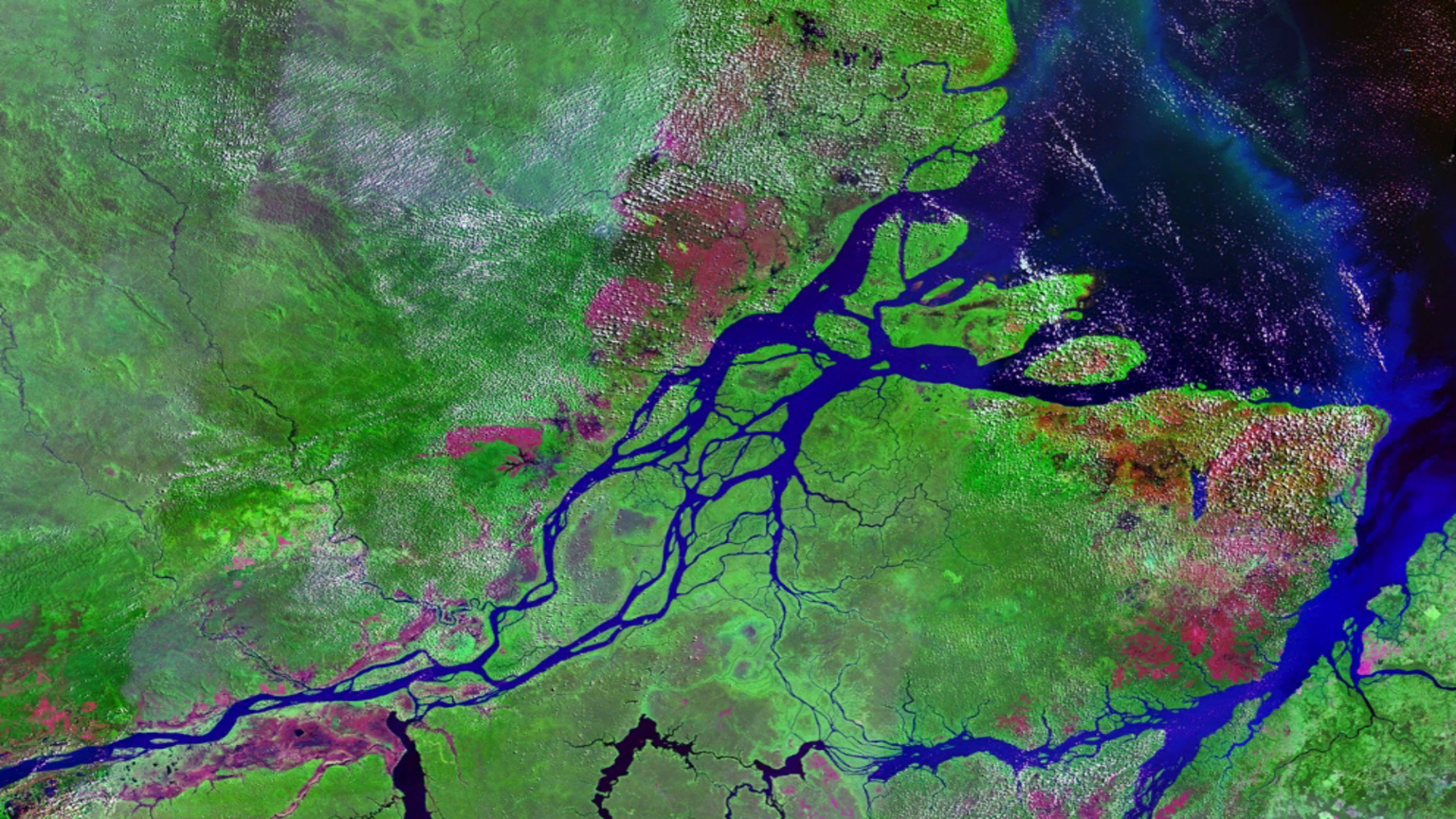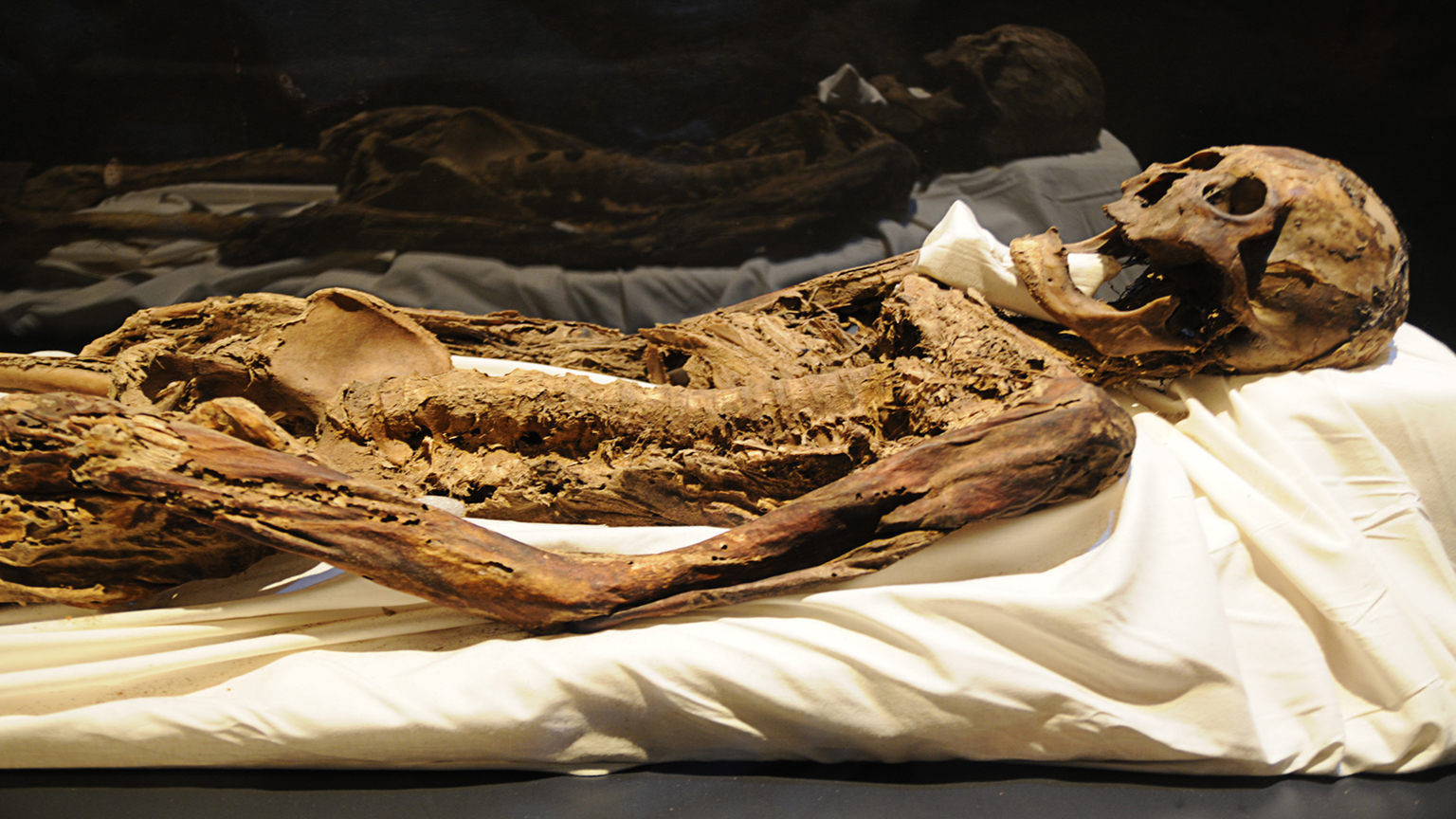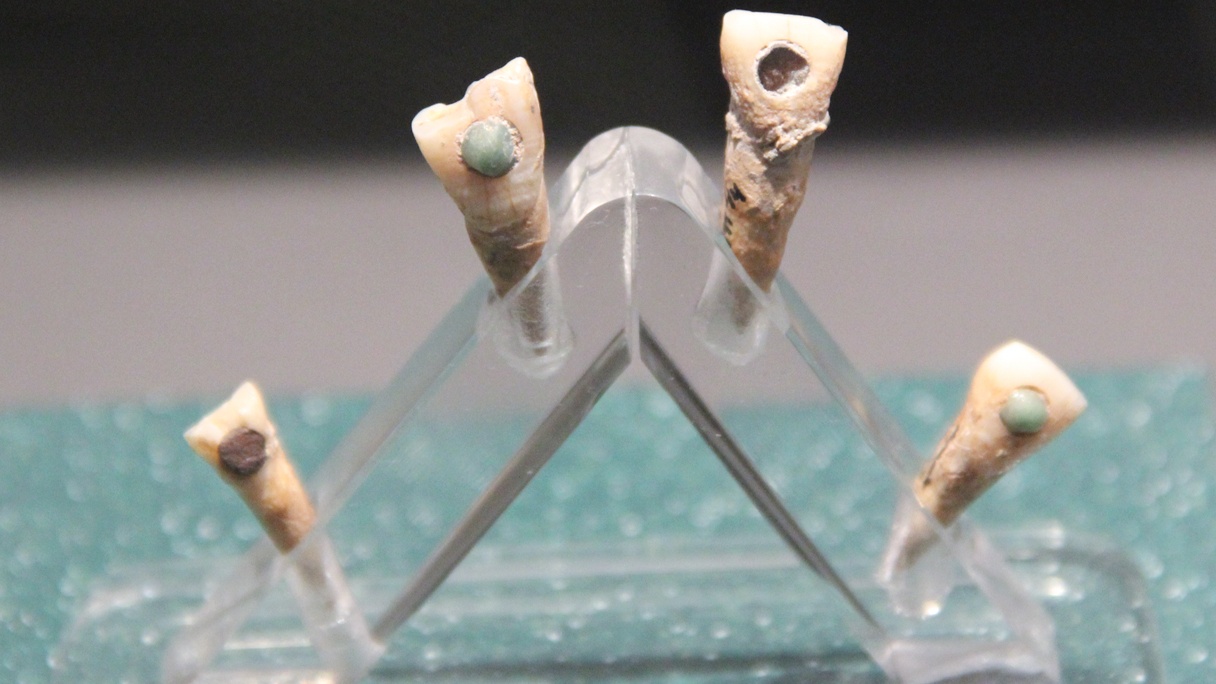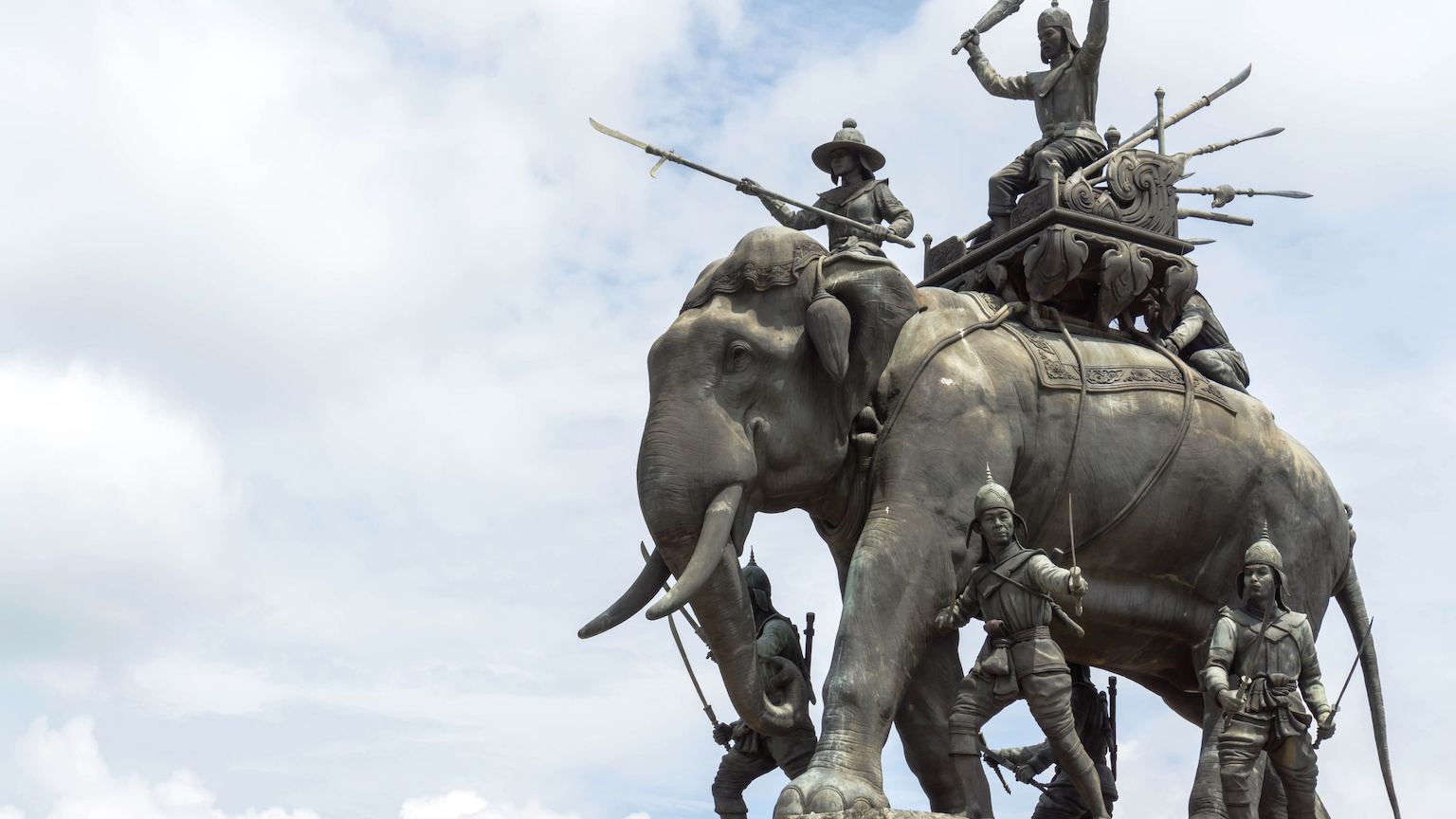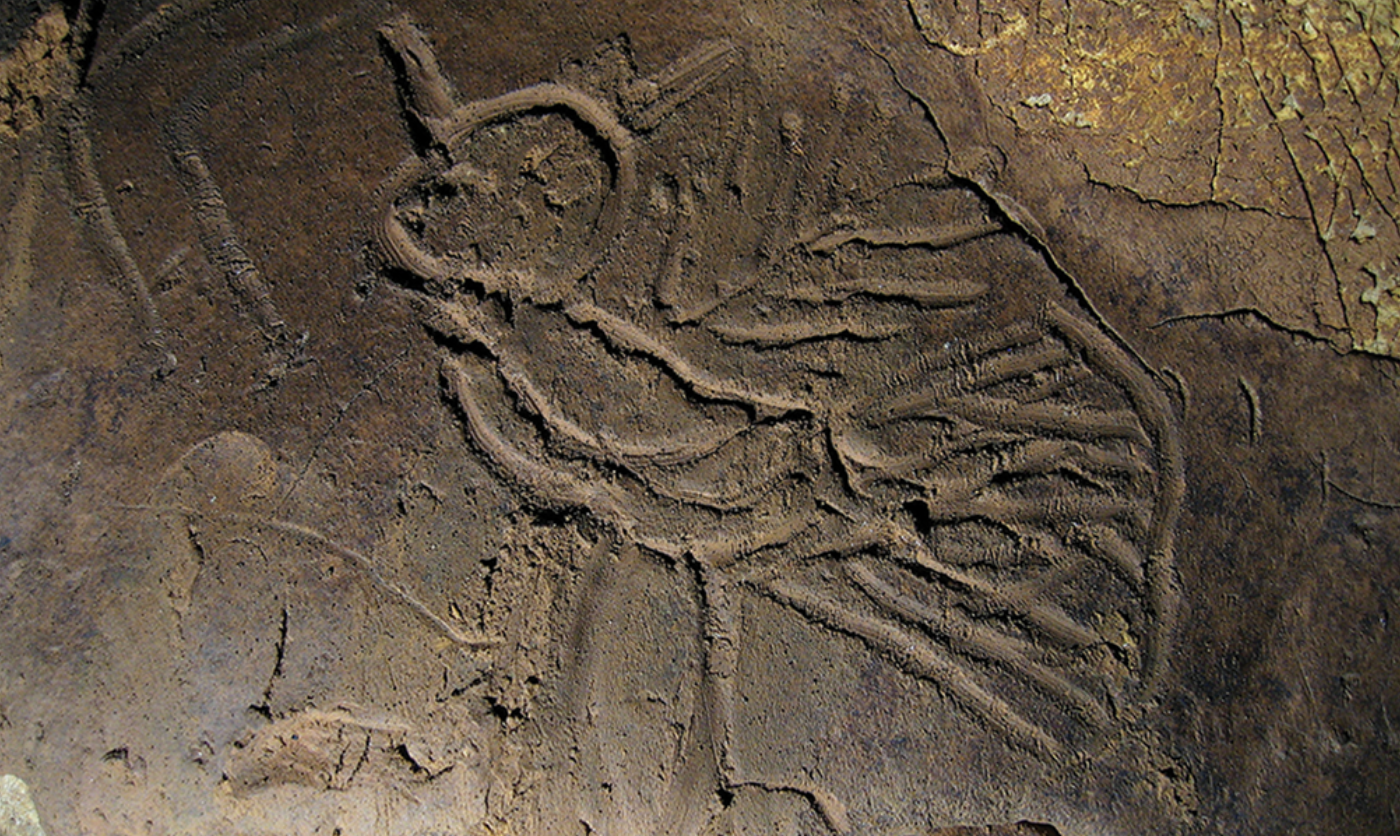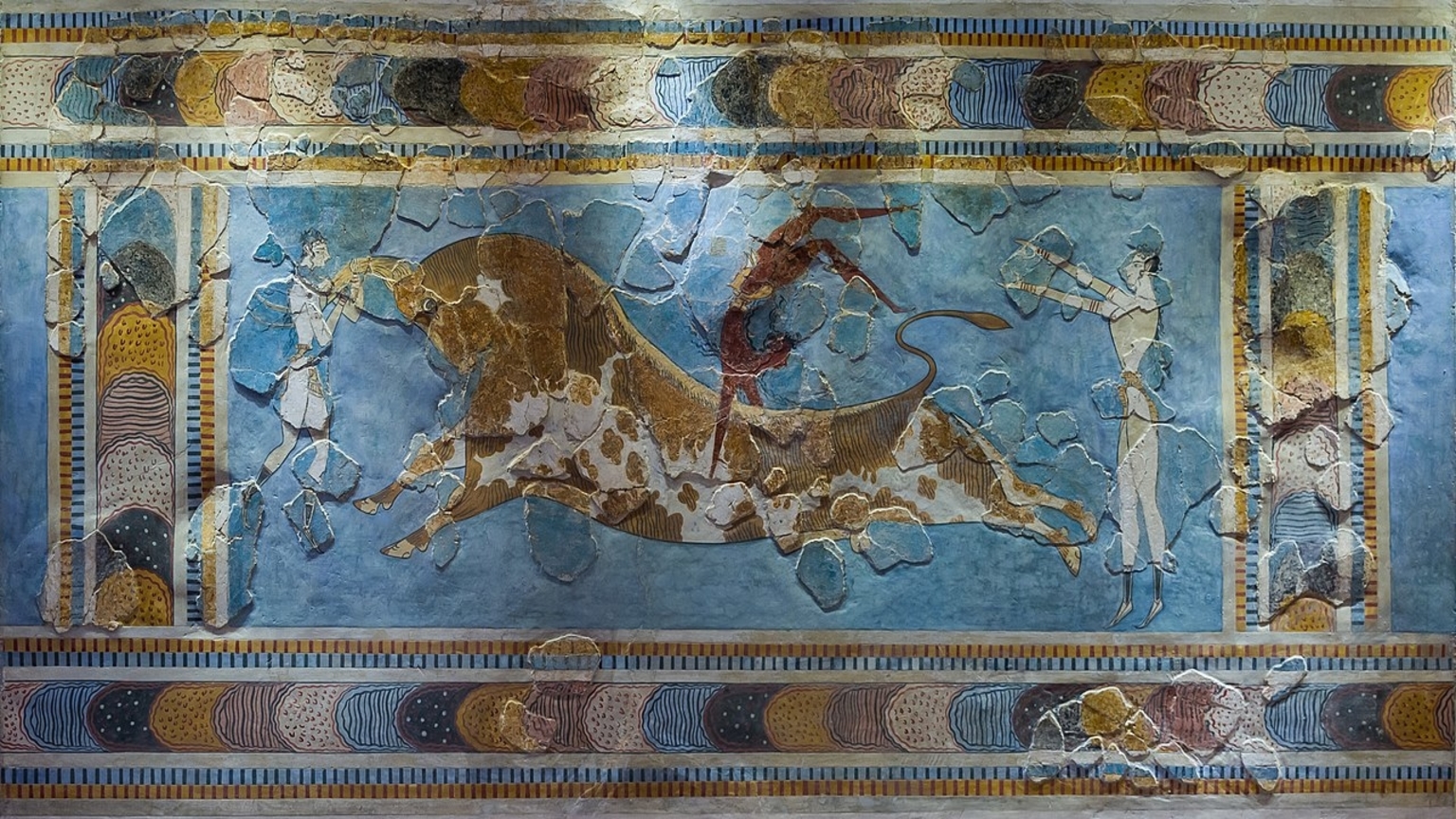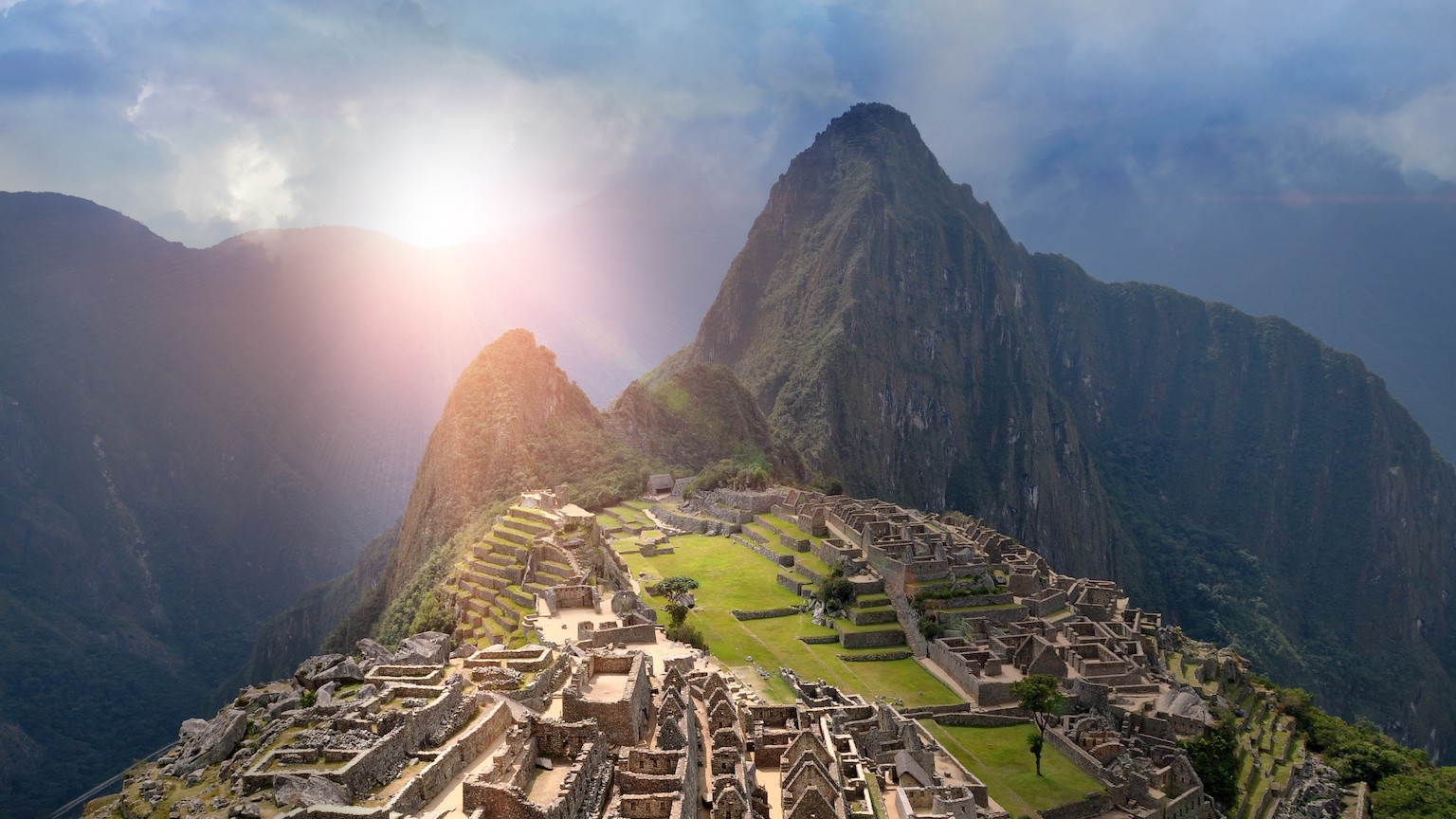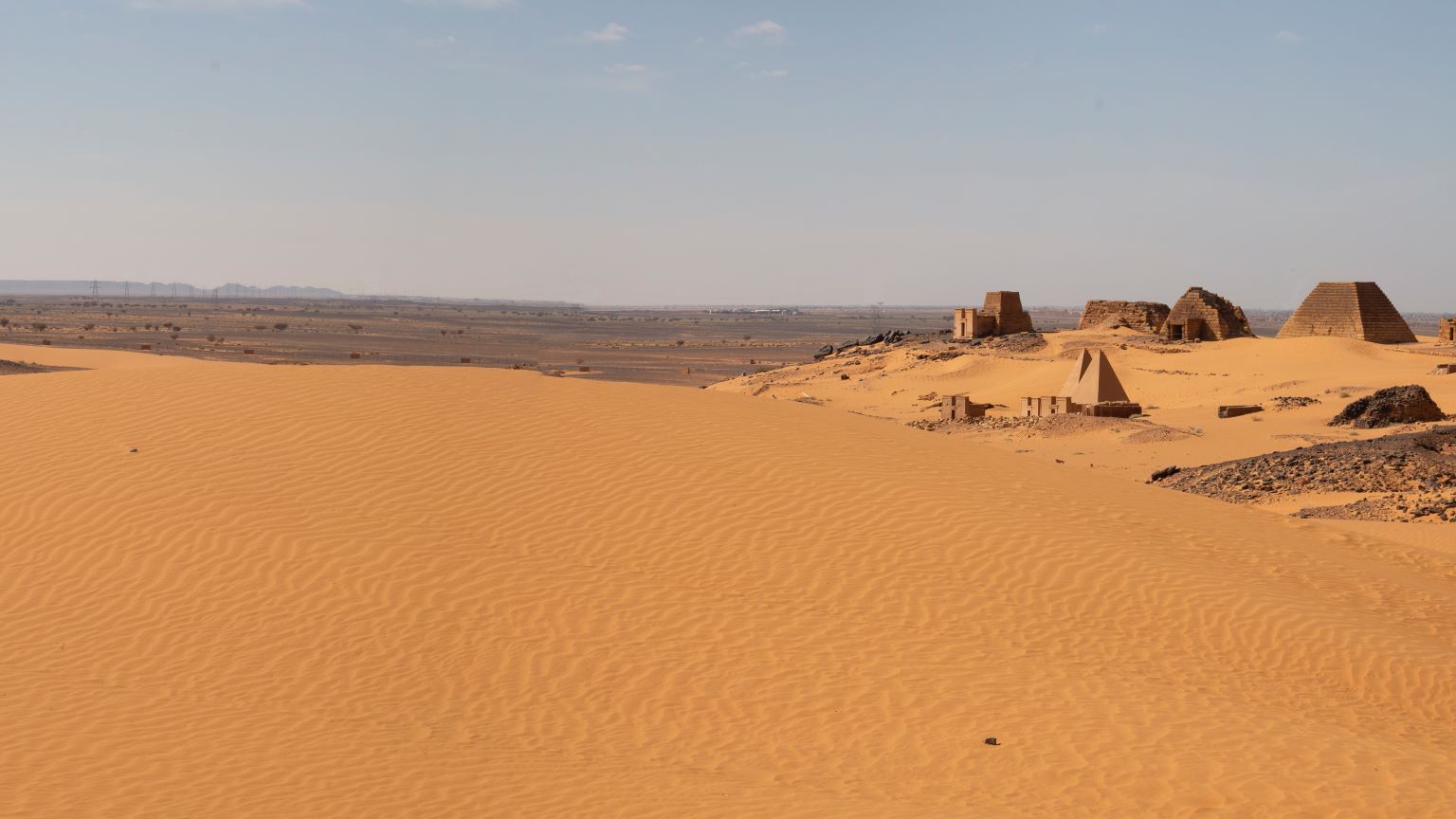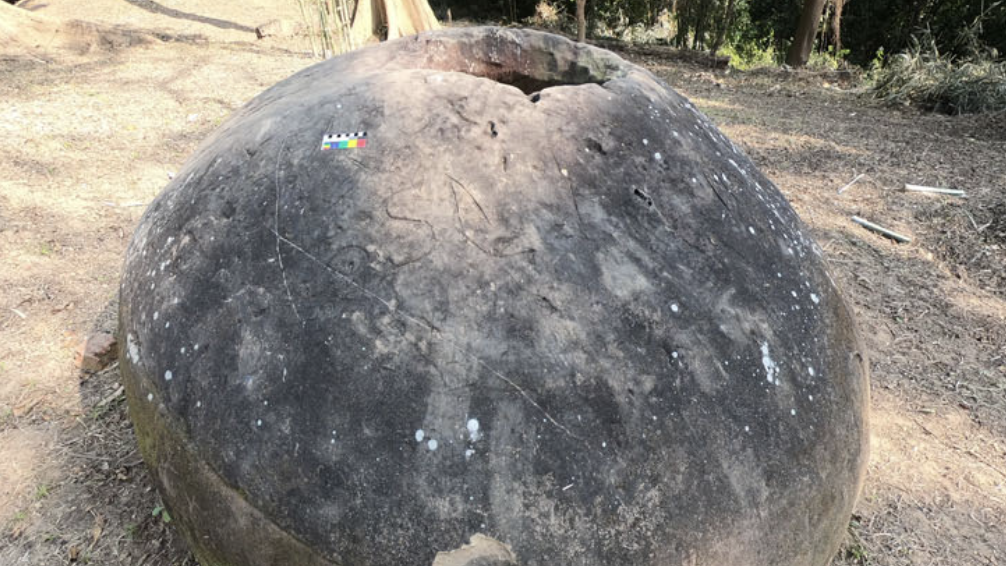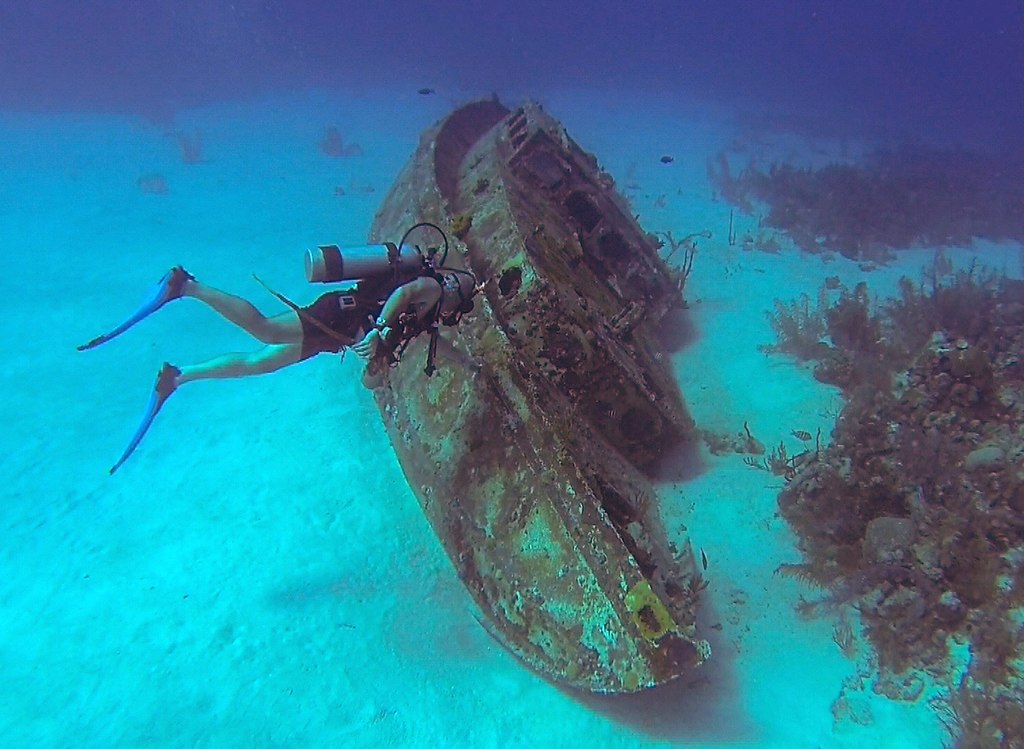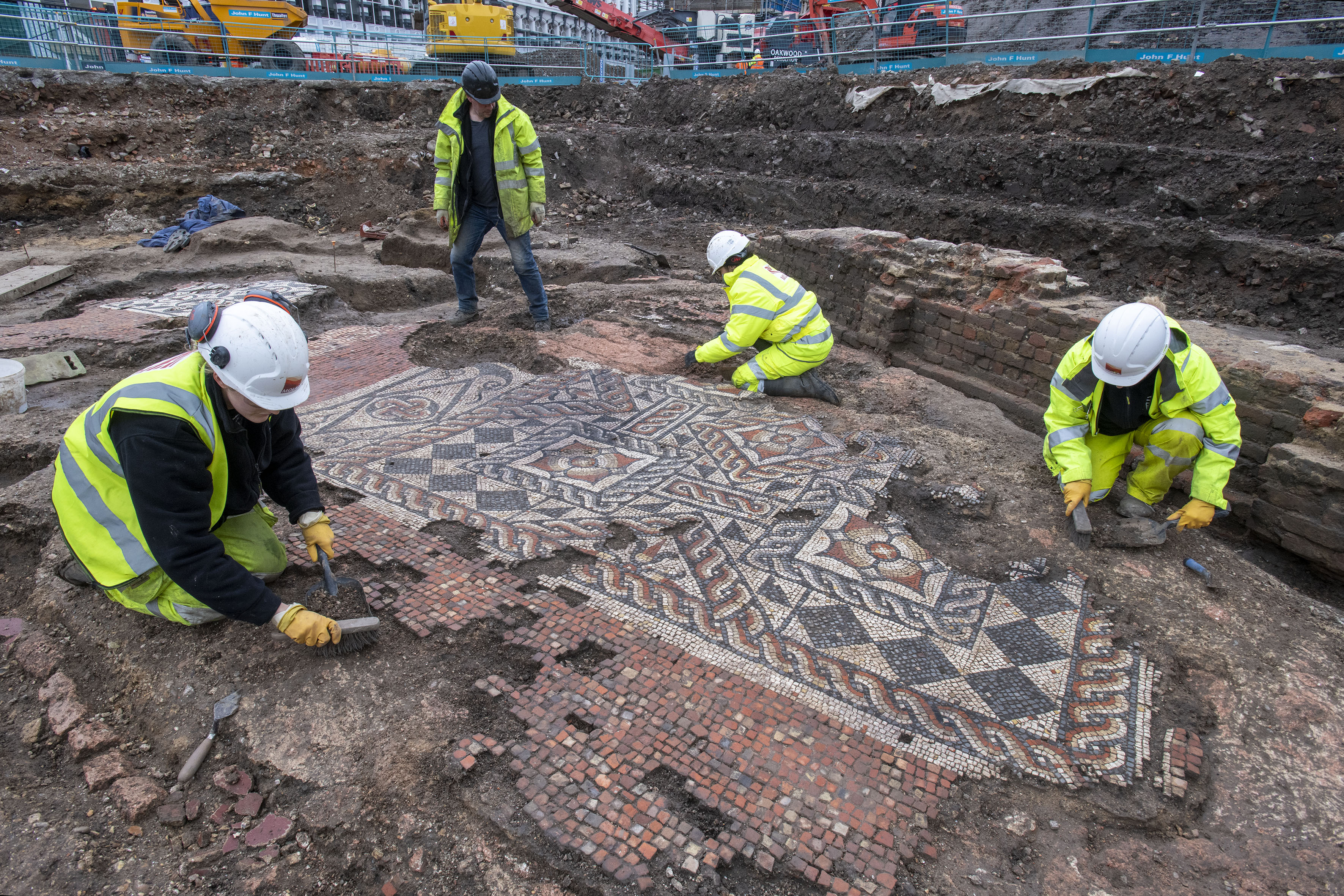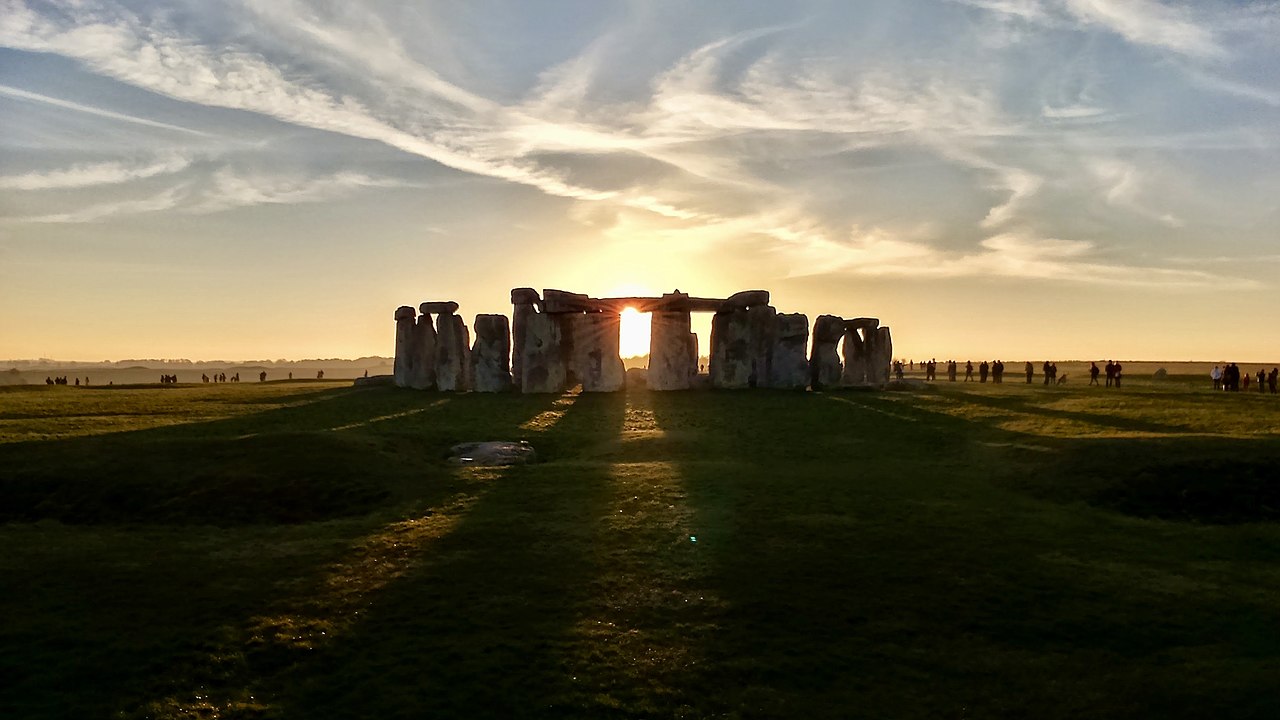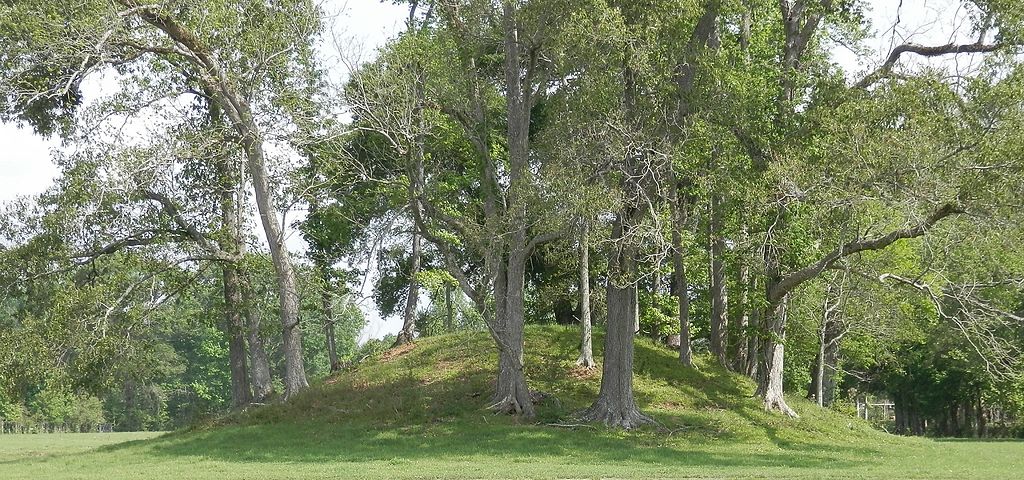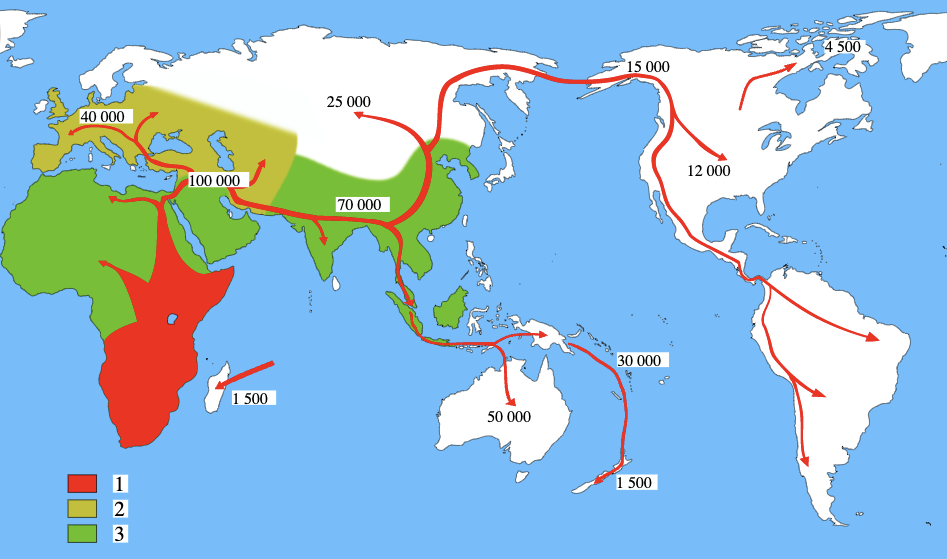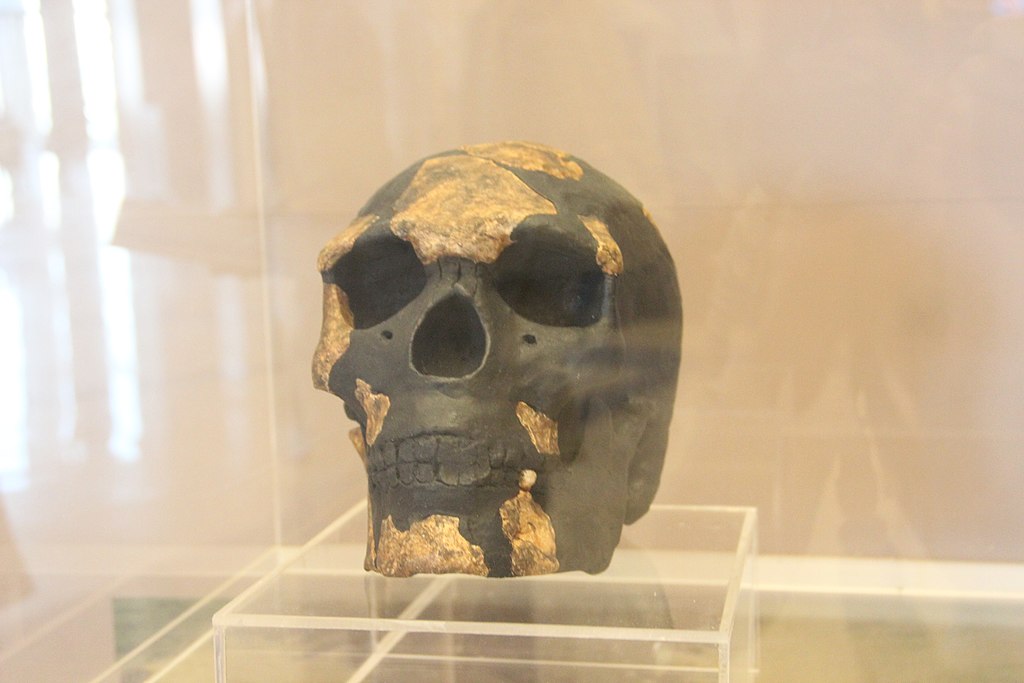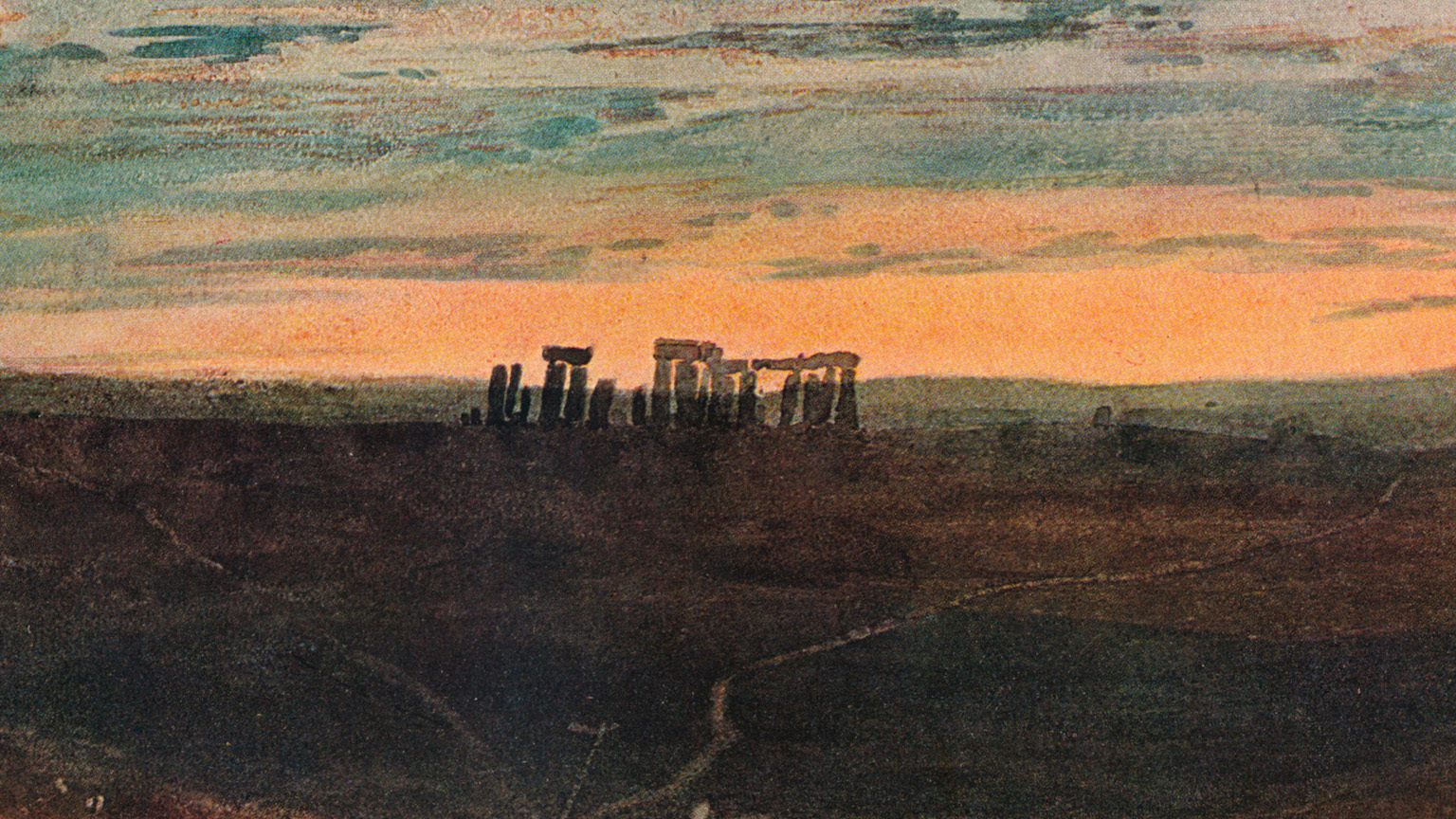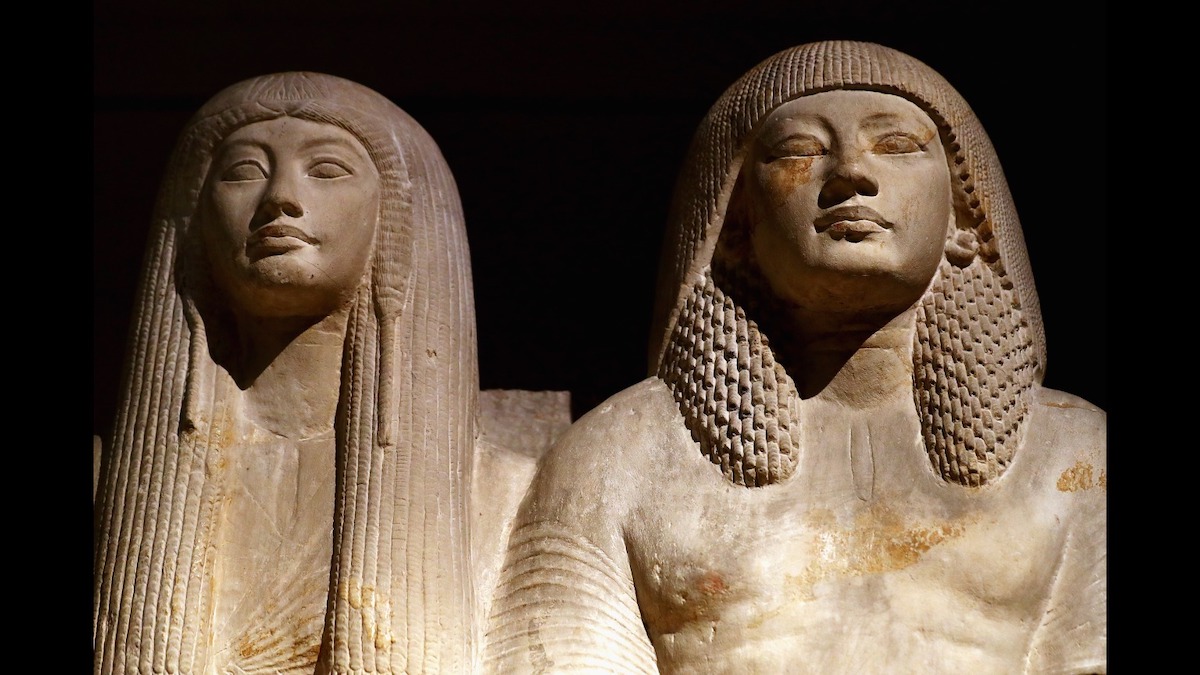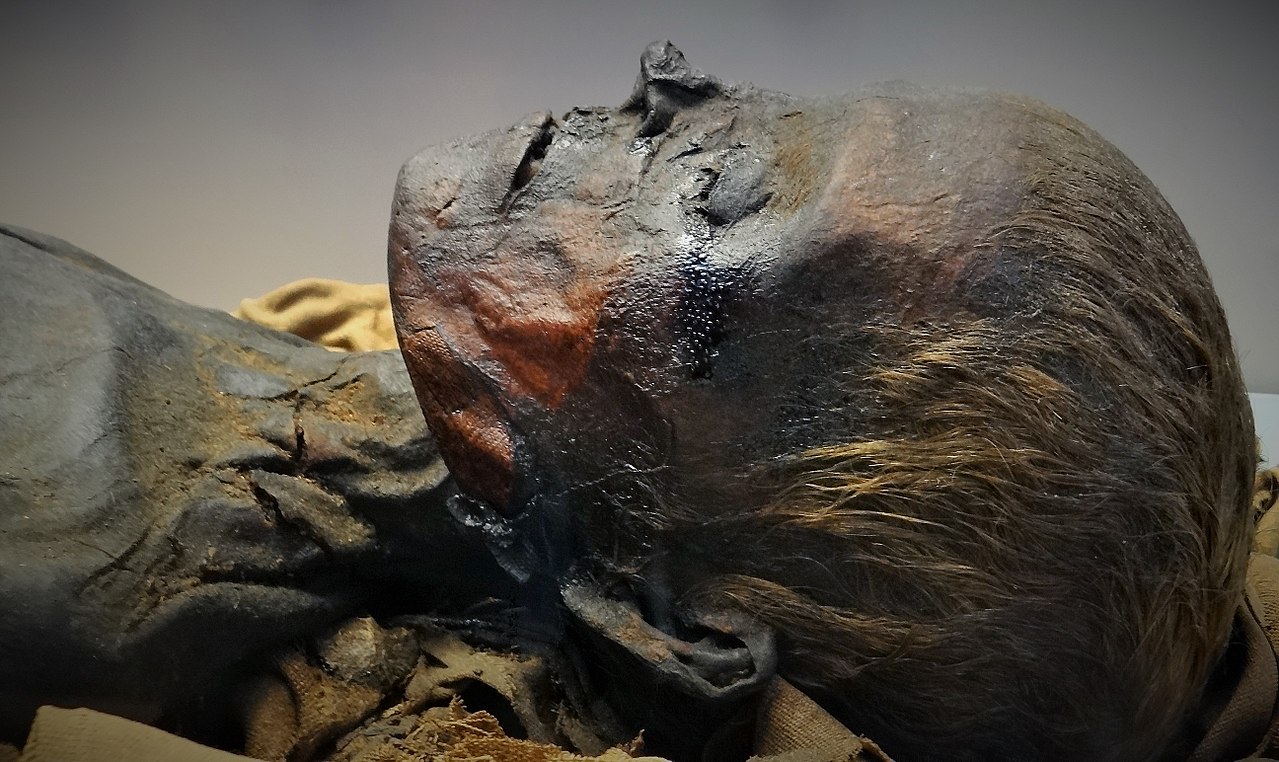archaeology
Horses pranced around the western hemisphere until they went extinct in the late Holocene. They were reintroduced by European colonists — though where, when, and how has remained unclear.
More than 300 years ago, a Spanish ship laden with unspeakable treasure sank after a battle. Because of greed, the treasure remains on the sea floor.
Long before tobacco arrived from the Americas, ancient civilizations in the Old World were getting high off hemp smoke and opium.
The architecture and infrastructure found may well have required the greatest amount of skilled labor of any construction from the same time period in the entire continent.
Unlike other world rulers, Genghis Khan was laid to rest not inside an elaborate mausoleum but an unmarked grave somewhere in Mongolia. Maybe.
Before gunpowder was introduced to the West, medieval Arabs devised grenades using crockery.
In the Canaan religion, Yahweh was a lesser god, who was assigned the land of Israel. Here’s how he became “God Almighty.”
The ancient Maya enjoyed filling their teeth with gemstones. A new study reveals how the procedure was done and how it didn’t kill them.
Experimental archaeology is the practice of recreating past events using knowledge and tools available at the time. Sometimes, it involves elephants.
Human sacrifice appears to be as old as humanity itself. Still, experts disagree on how and where the practice first originated.
A recent advance in 3D imaging techniques helped spark the biggest ever discovery of North American cave art.
Was there an intelligent, technologically advanced species long before humans existed? Could there have been a dinosaur civilization?
Paintings played an important role in these ancient civilizations. Unfortunately, pigment is not nearly as durable as marble.
The Mayan calendar is revered for its impeccable accuracy. Now, a recent excavation in Guatemala reveals how the system developed over time.
A toxicological study shows that the victims of human sacrifice consumed coca leaves and ayahuasca before they were killed, but not for reasons we originally thought.
The underground burial tombs were used at least as far back as 2500 B.C.
Archaic humans ventured into Eurasia in waves, not always successfully. They may have started their journey in North Africa or West Asia.
The Assam stone jars were described as early as 1929. Almost a century later, archaeologists still puzzle over their placement and purpose.
Most cities reeked of death, defecation, and industrial waste. Still, focusing only on stench means turning a blind eye (or nose) to the many other smells that helped shape human history.
There have been some 6,000 Great Lakes shipwrecks, which have claimed an estimated 30,000 lives. These maps show some of them.
We have a morbid curiosity about nautical disaster stories. The Irish “Wreck Viewer” offers a window into centuries of marine misfortune.
At the Great Lakes Shipwreck Historical Society in Michigan, retrieving sunken vessels is the order of the day. Here’s how they do it.
In the shadow of the Shard, the mosaics help paint a picture of Roman London.
Researchers speculate the famous monument was one of the world’s first solar calendars, possibly inspired by trade with ancient Egyptians.
A study proposes that an ancient trading network, called the Hopewell tradition, may have been wiped out by what is known as a cosmic airburst.
A new analysis of an ancient hominin fossil sheds light on the “Out of Africa” dispersal events that occurred more than one million years ago.
Dating of volcanic ash suggests the remains are at least 230,000 years old.
We are generally taught that there is an arc of history — an inevitable path of progress that leads to modern society. Maybe it isn’t true.
A study describes how researchers conducted the first successful DNA sequencing on ancient Egyptian mummies.
Scientists used 3D scans to analyze the corpse of Amenhotep I. They discovered that his brain was never removed and that he was circumcised, among other curiosities.



